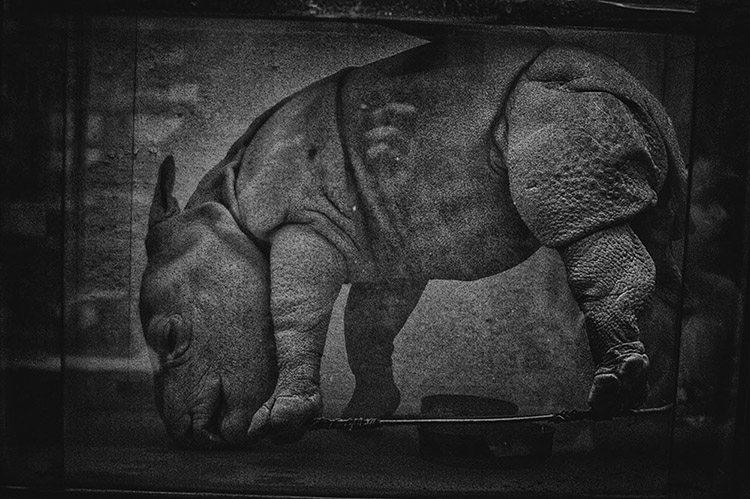Scope: Nepal | THE NEPAL ISSUE
Life It Was
Lifelike, Just Like Life
Text by Prawin Adhikari
Membranes separate as much as they join; they are borders and are also like bags; they hold a world within and keep another without. They are the frontiers of vitality. The body, when it conforms, is the real and the illusory. The body, when it deceives, is both reality and illusion. And, from the very moment of its inception, the body begins its journey away from this world; it coils as it unravels, a bright dance dappled with the shadow of its own light.
Formaldehyde is a poison that preserves. It keeps intact the eyelid, but loses its sweeping fold.
A drape that doesn’t rise becomes merely a shroud. The limbs are ever there, but no gesture survives. What is kept, then, if the suck of lips and breath is gone? If there be no dreams behind closed eyes, what does it mean to nod, sloshed about by liquid and gravity? Even a flower carved in alabaster has more light to it, has more breath in it – but what if a body is forever denied its decaying even after the final breath has already left?
In our palms are lifeless specimens of thoughts and actions that are stalled soon after birth. We sift through them at leisure, searching for nicks and hurts, for brands of failure or outgrown flaws. Some are perfect.
Others are tortured, wrung around a mast of pain, a cry that twists into the mind, begs repeatedly for the gentle tap of a forge that will move the moment towards reprieve from what the mind knows and seeks to understand. Both keep the outward shape – the bag and sift for the real and the illusory – and both also wear the lie that they signify: the perfect, and the tortured. And they remain just like each of us: lifelike, and therefore, just like life.
From the series Life It Was
“Rhinocerotidae”, Natural History Museum,
Kathmandu, June 2015
